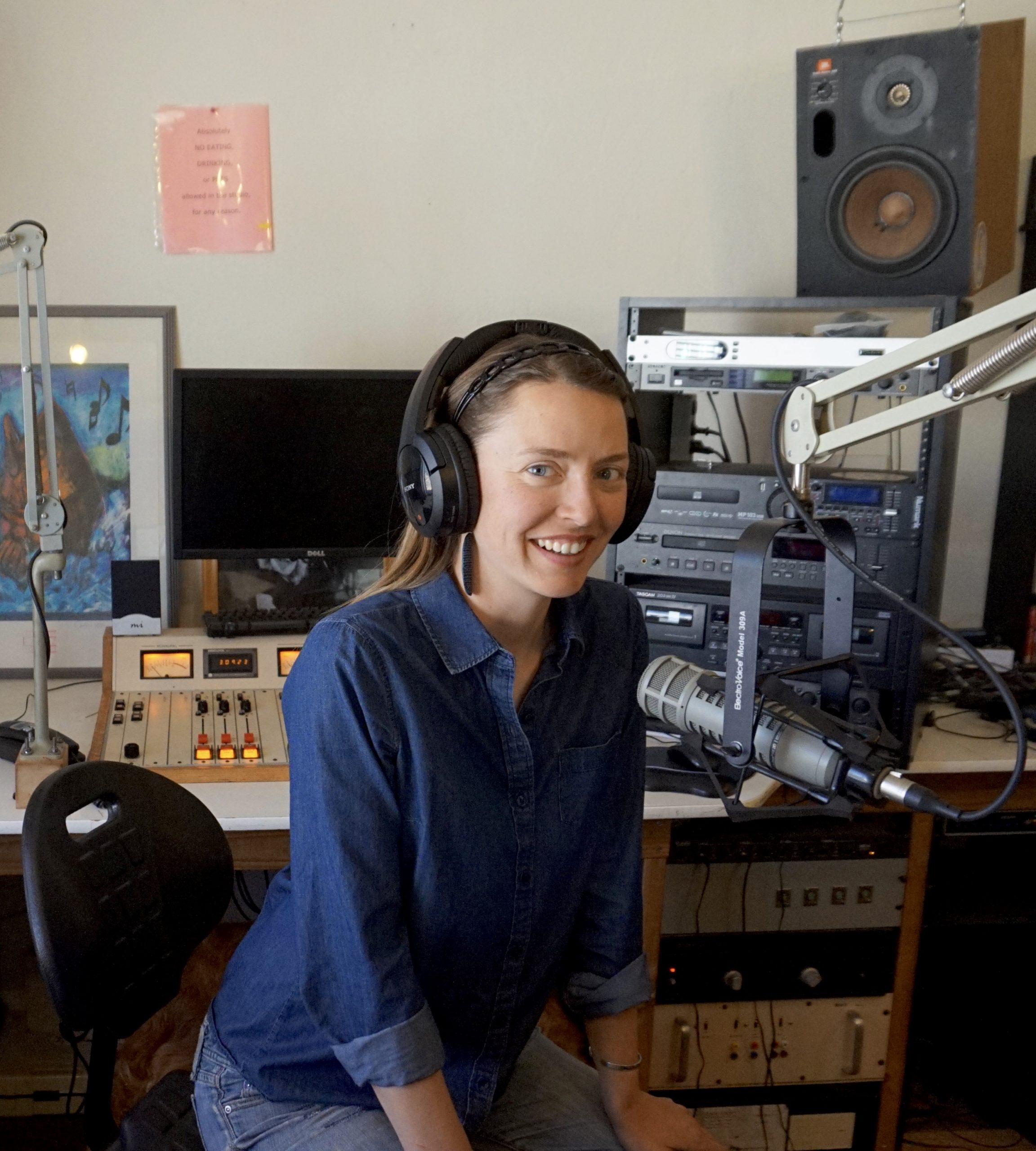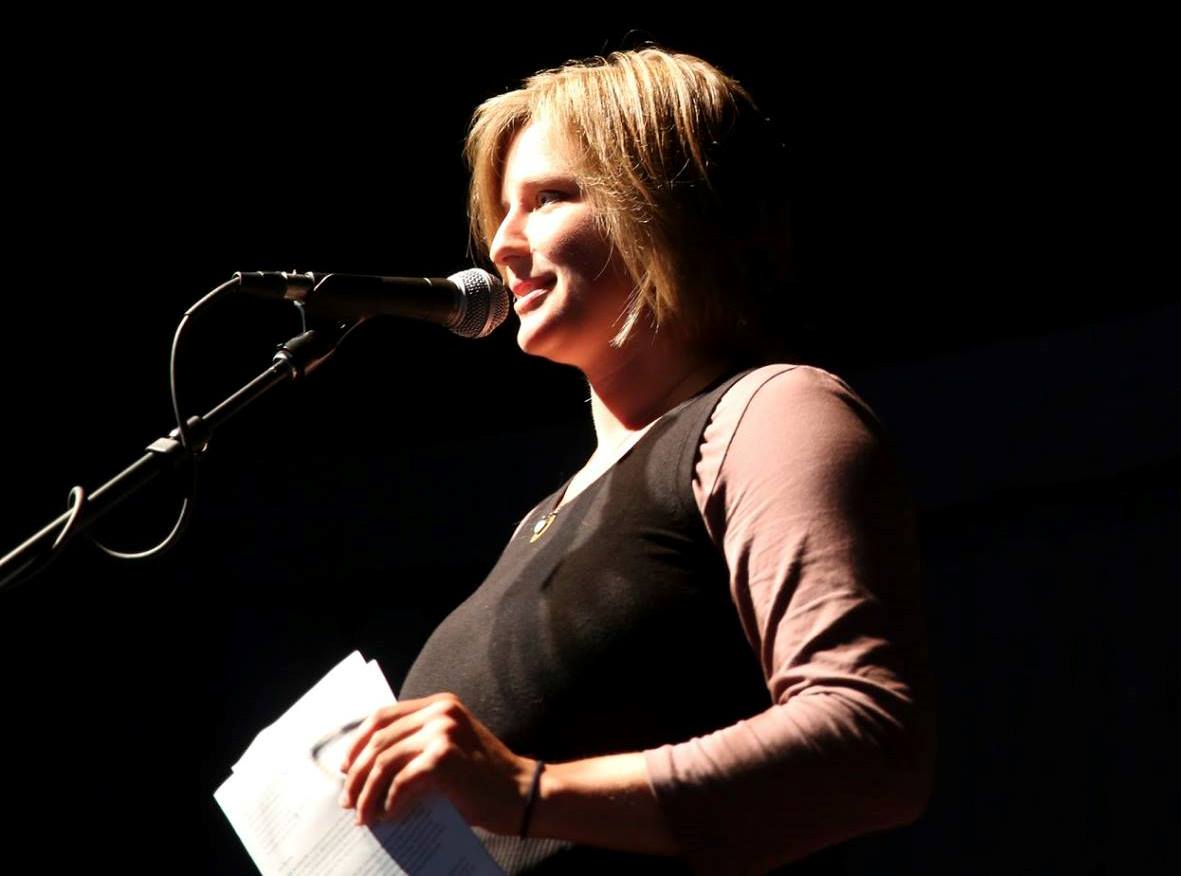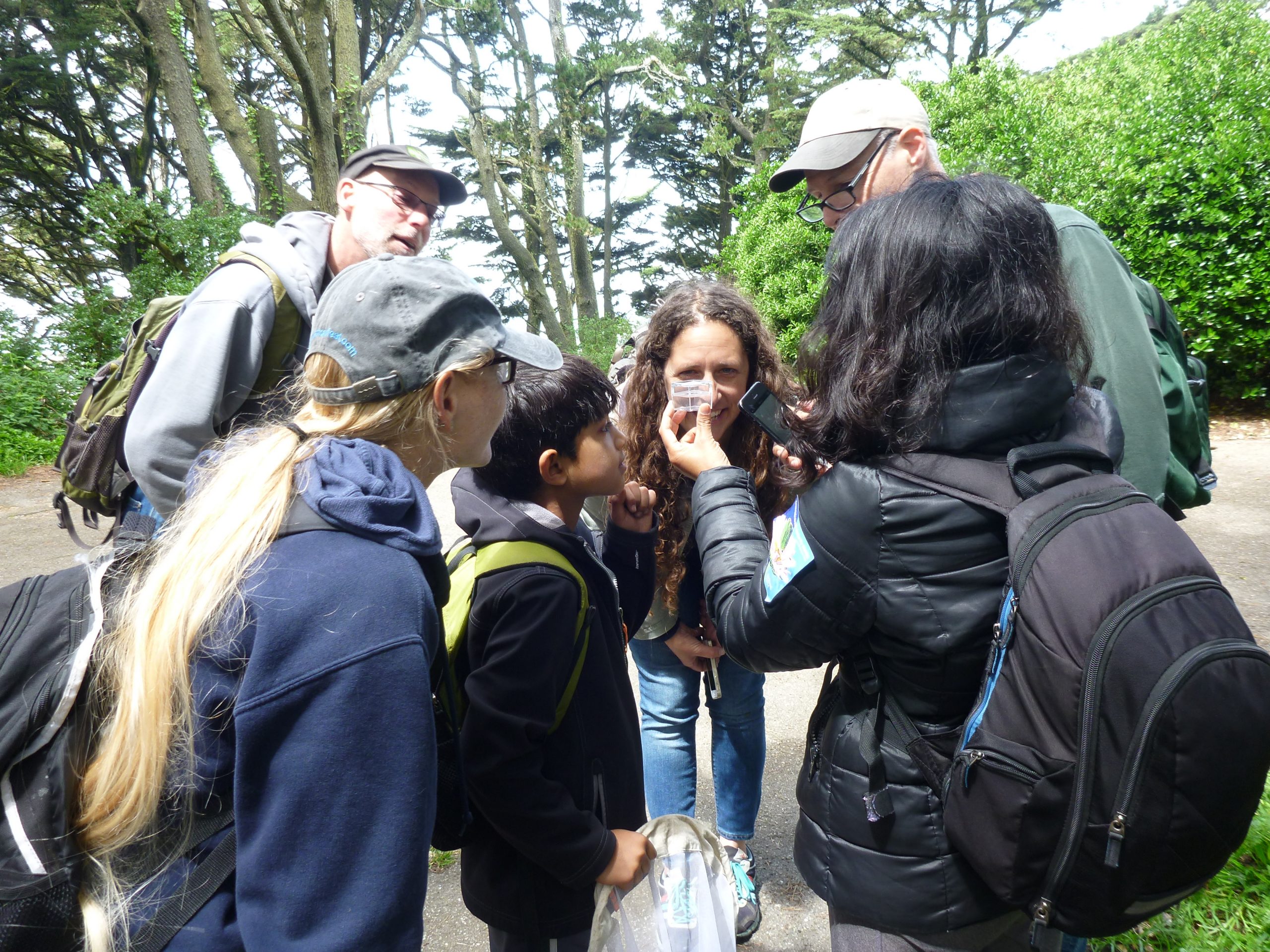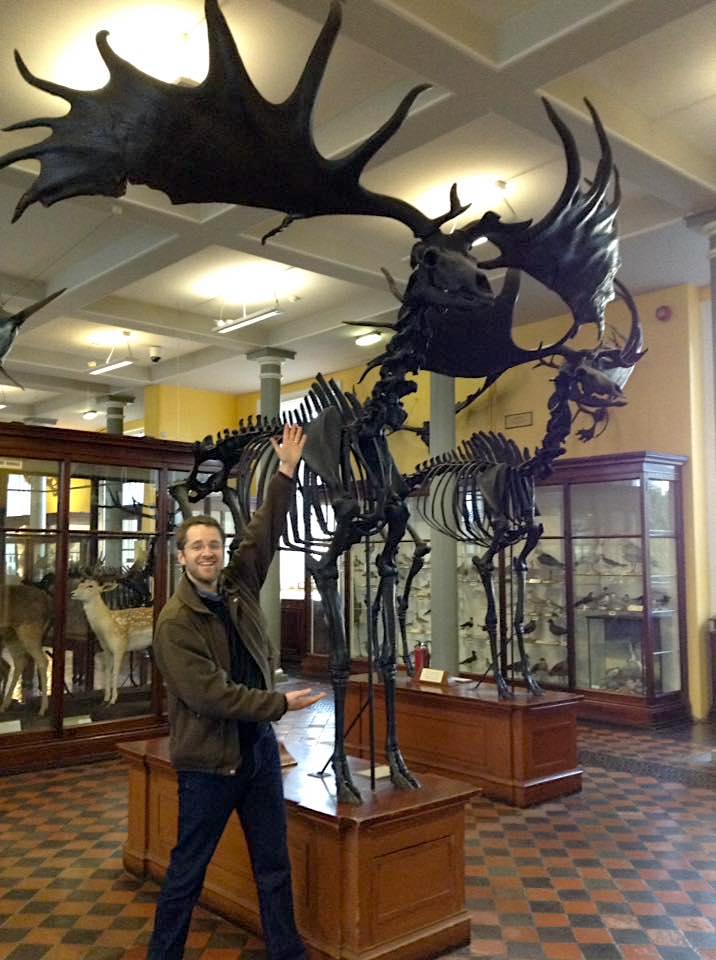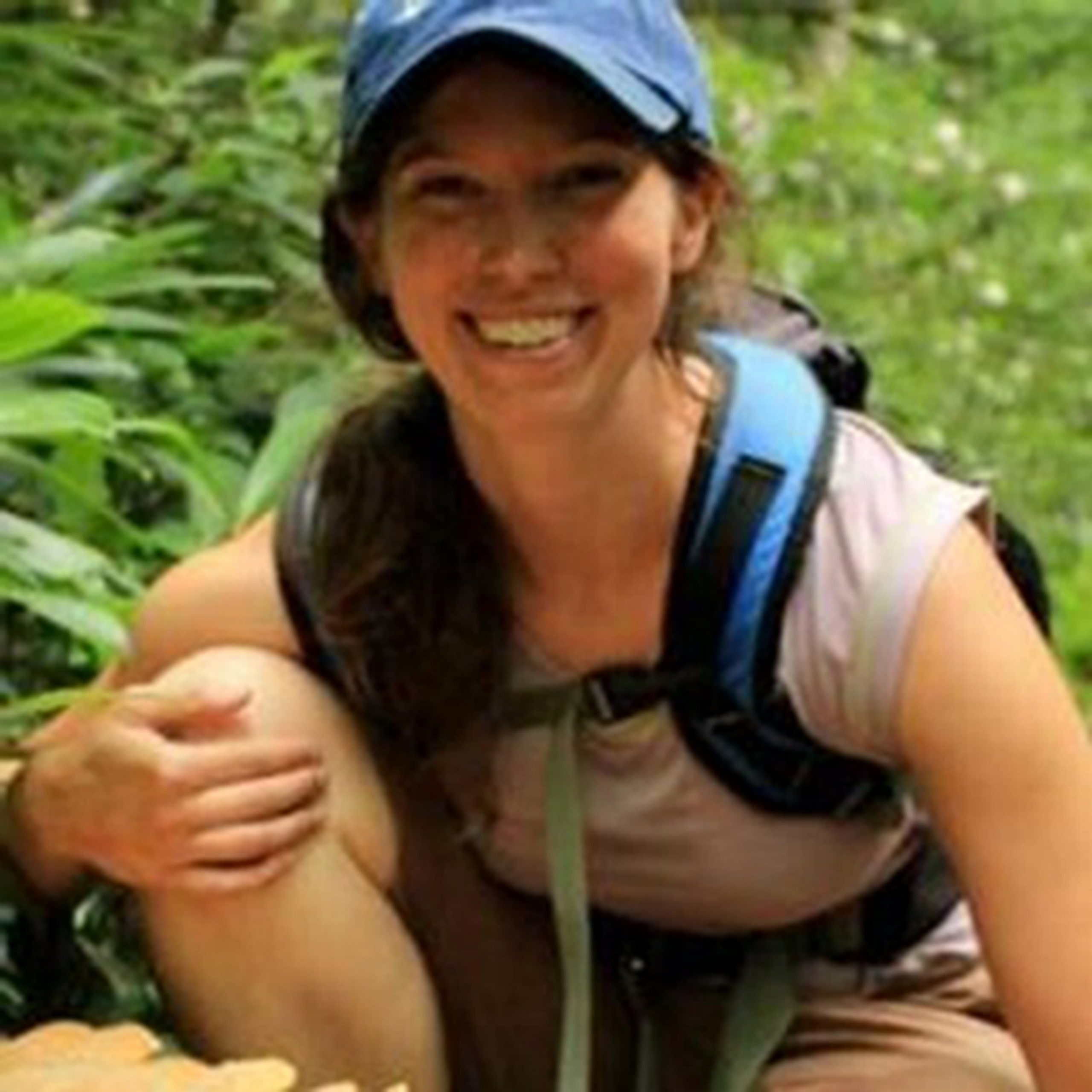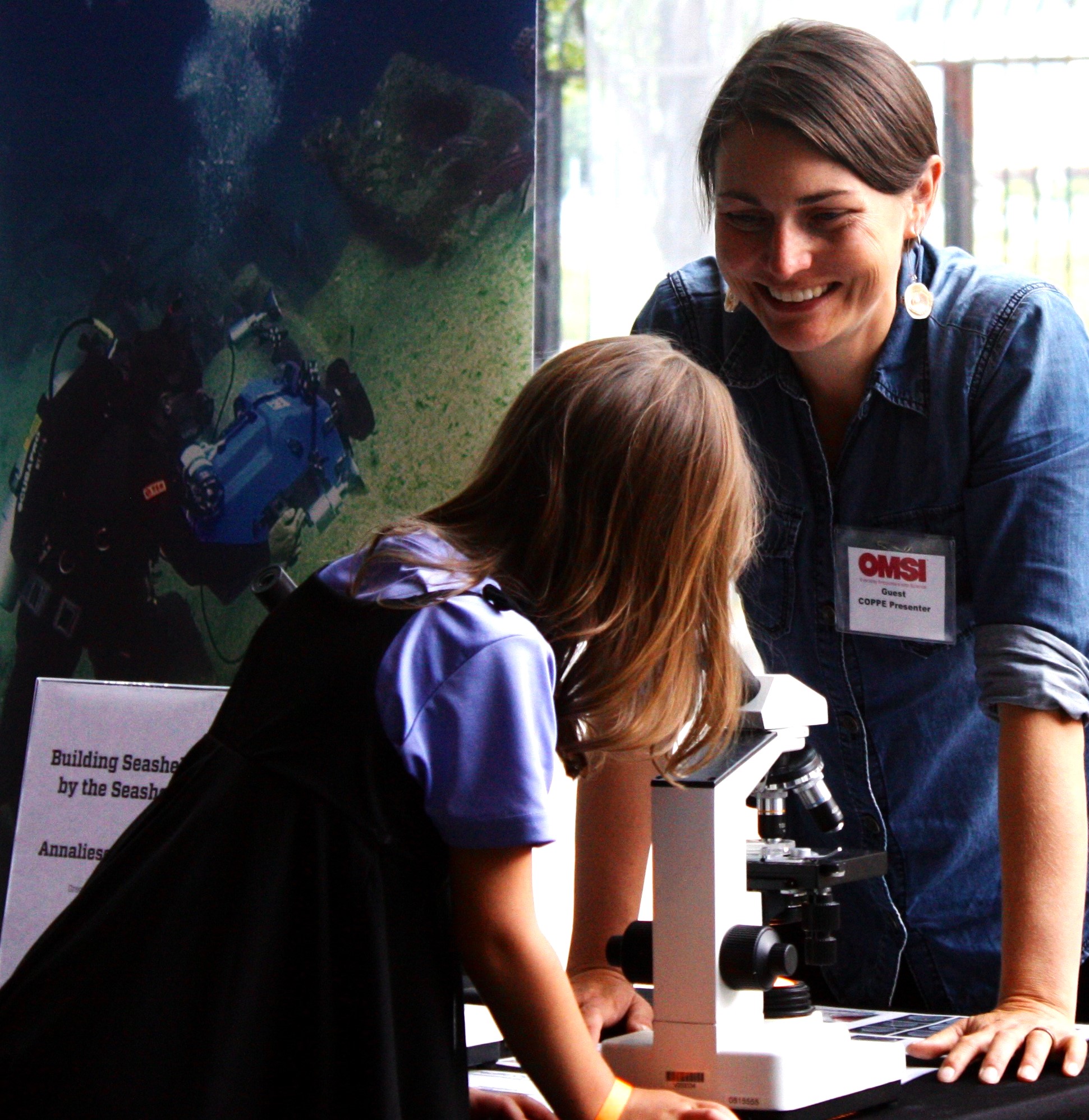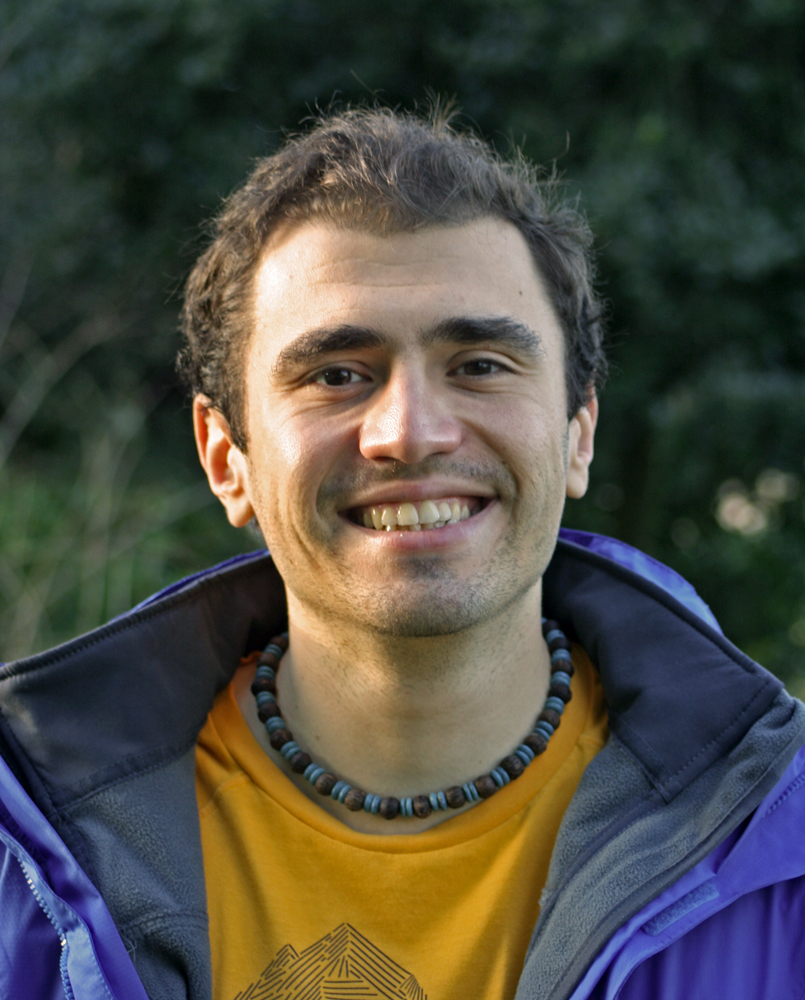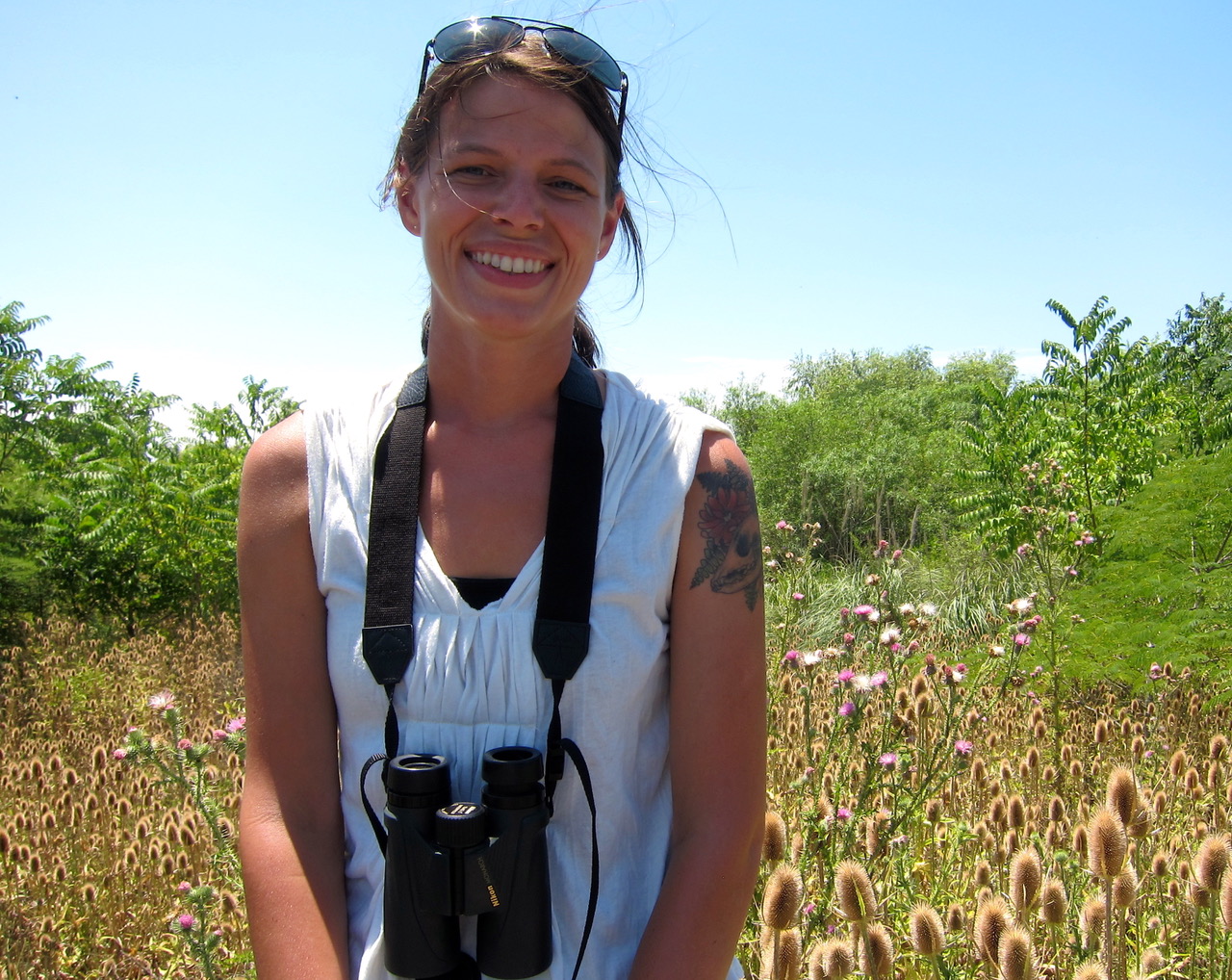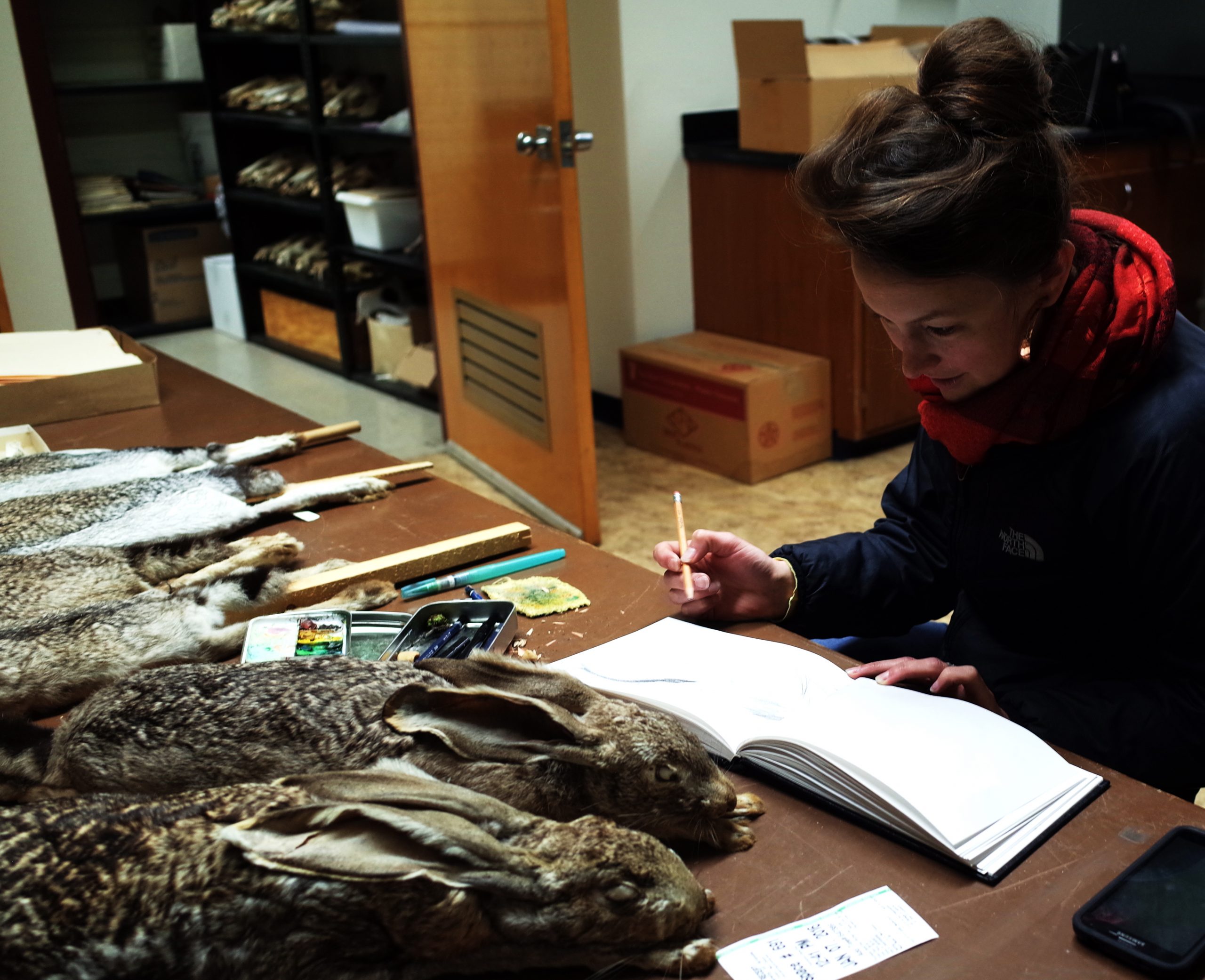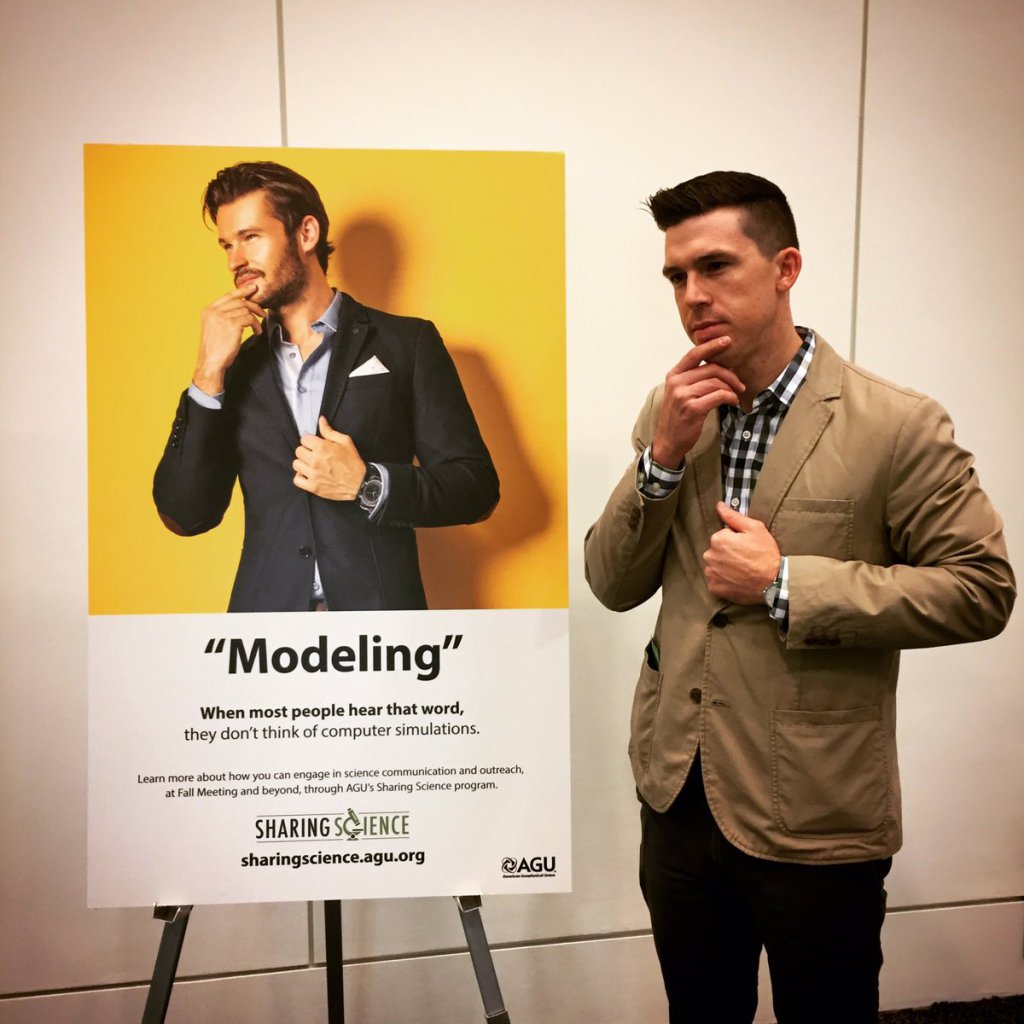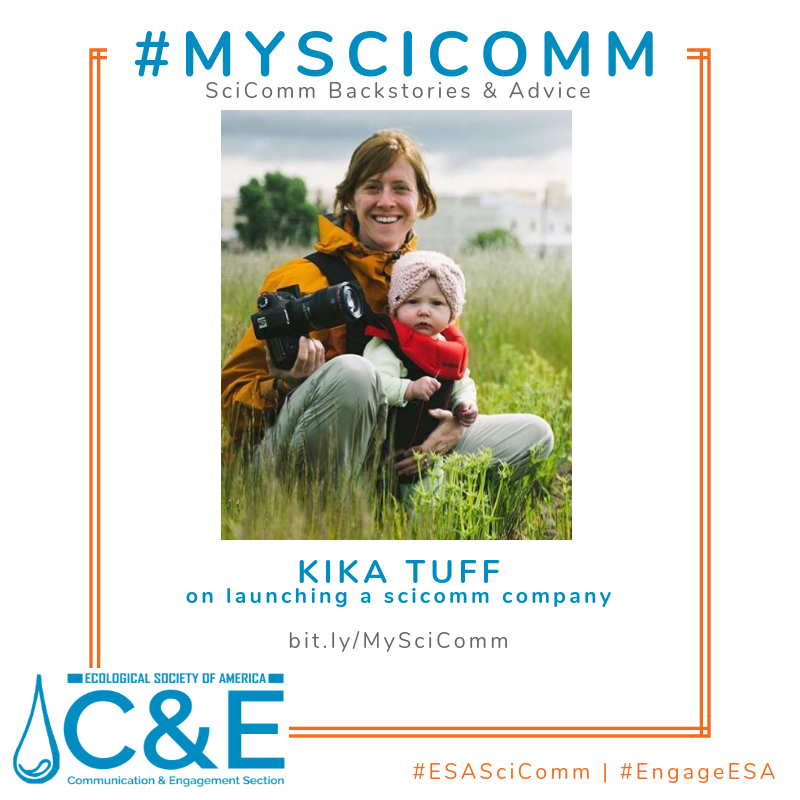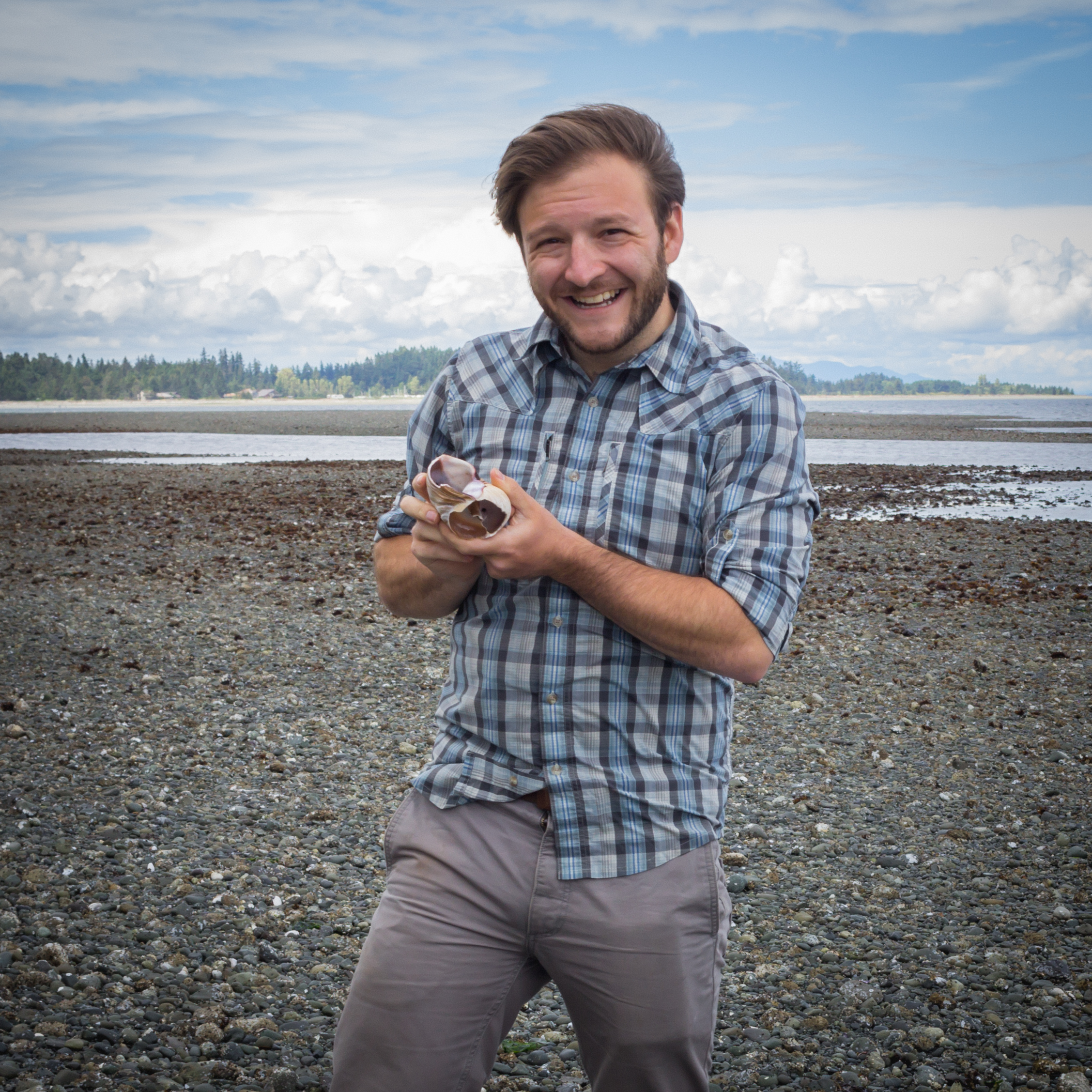
#MySciComm: Josh Silberg on embracing scicomm skill development
This week, Josh Silberg responds to the #MySciComm questions! Josh Silberg is a science communicator with the British Columbia-based Hakai Institute. In his previous life as a marine ecologist, he studied creatures ranging from dolphins to whale sharks to rockfish, but he likes to think that he has no species bias. He holds a Master’s of Resource and Environmental Management…
